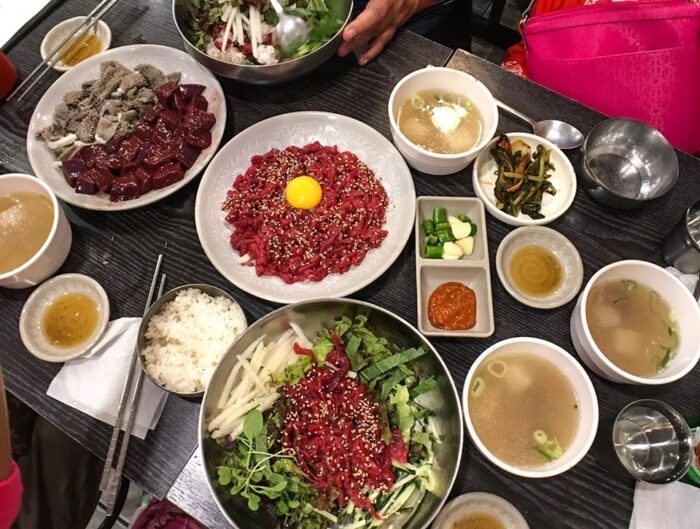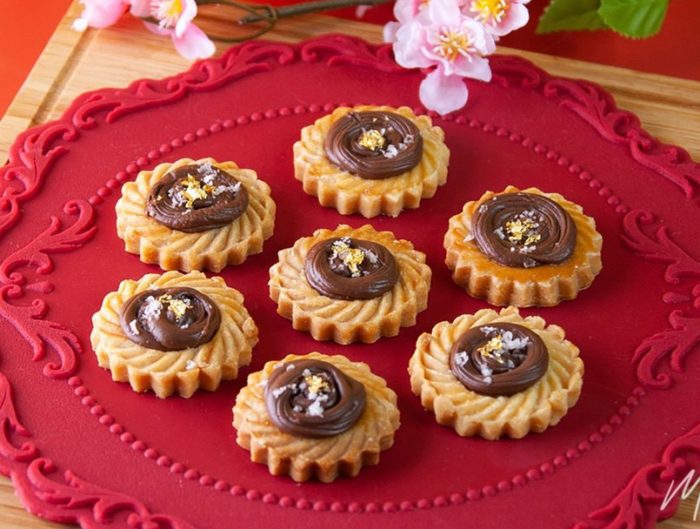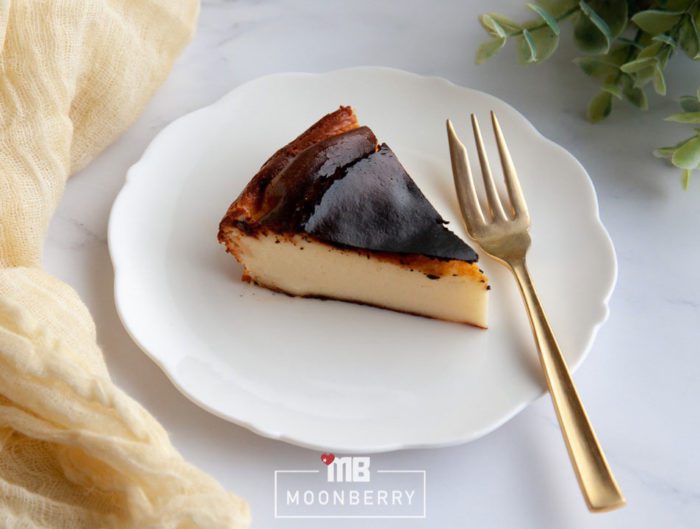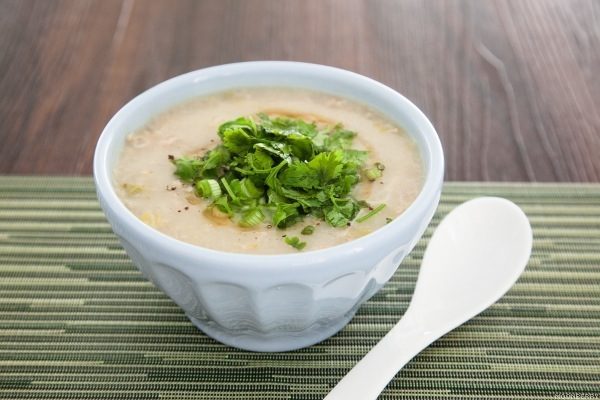
I’m always so happy and relaxed to be back in New York as eating out is an adventure. There’s the exciting discovery of new ways of preparing food using exciting ingredients, many of which I encountered for the first time, and there’s also the comfort of eating at my favorite joints and revisiting food that I crave and can’t get anywhere else. Two weeks in New York and I came back 1.5 kg heavier, which isn’t bad at all. I mean my body weight, not the baggages that contained my shopping.
Whenever I’m there, I generally eat way a lot more than I normally do (visual documentation and proof here). As I’m writing this, I’m suffering from withdrawal syndrome and feeling relatively uninspired being back in Singapore. Like, don’t know what to eat and don’t feel like traveling too far or spending too much money on meh food. Especially while I’m riding jetlag and I settle my meals solo. Calling friends up and coordinating dinner dates are just too much for me when my sleeping pattern is erratic.
I’ve made the New York trip three times in the last ten months (kinda insane when I think about it) and my post-New York routine is pretty much the same every time. I land into Changi Airport around 7 AM in the morning, ride a cab home, unpack and do laundry, put away the new things I bought, shower, then take a stroll out to a supermarket and hawker centre nearby to stock up on groceries and cooked food. At some point during the day, whenever that may be as my body clock is beyond confused at this time, I sleep through texts, emails and what have yous until I am up again. And this can be anytime between dinner time and 4 AM in the morning. So I usually get a lot more food than usual, enough to last me multiple meals across at least two days because that’s usually how long I plan to hole up alone and reorient myself.
This time around, instead of buying cooked food from the hawker centre I made a big pot of congee (ake jook, the Americanized spelling of the Cantonese word for congee 粥). I think congee is comfort food, and since it’s a little rice with a lot of water, it’s light enough to eat frequently and be adequately full without feeling like I’ve just ingested a quarry stone.
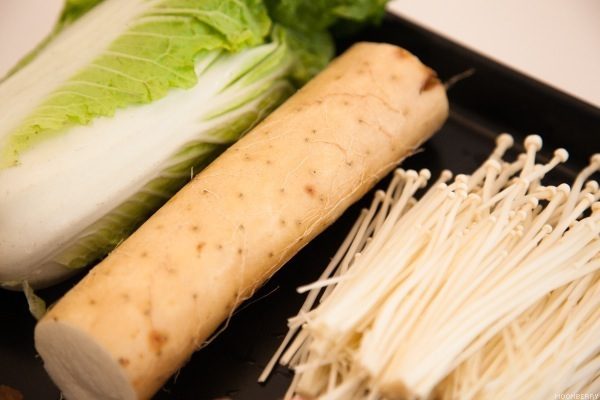
I’m huge on mountain yam these days and decided I’m going to add this into my congee. Have you seen my other recipe on Tempura Mountain Yam?
I’ve written this before, mountain yam is an anti-aging superfood with medicinal properties. Loaded with Vitamins A, C, B-complex, potassium, copper, iron and photo-estrogens which helps to regulate female hormone levels. I’ve read somewhere before that phyto-estrogens may enhance breast development, there are studies that show phyto-estrogens to have a protective effect against breast cancer. So in a nutshell, eat more mountain yam – it’s very good for you.
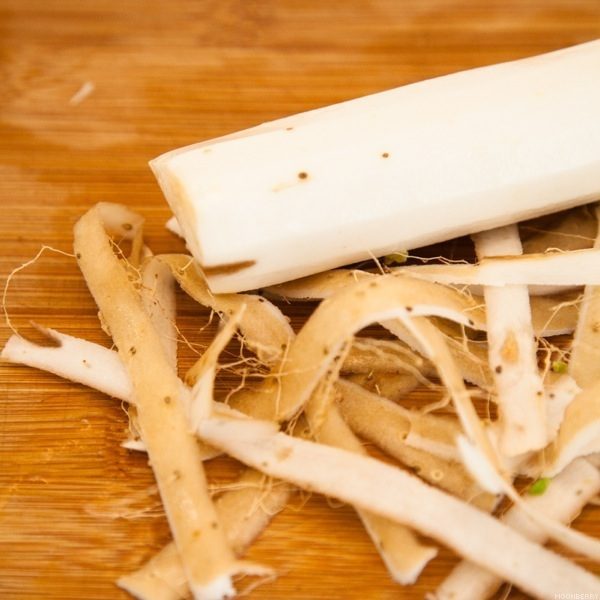
Last week I was evangelizing the health benefits of mountain yam to one of my besties and she asked me what it looks like. I’ve been getting asked a lot on this lately and my canned response is: “It’s this long, cylindrical funny-looking root with beards and it’s very slippery when you peel away the skin”.
See photo above. That’s what mountain yam looks like.
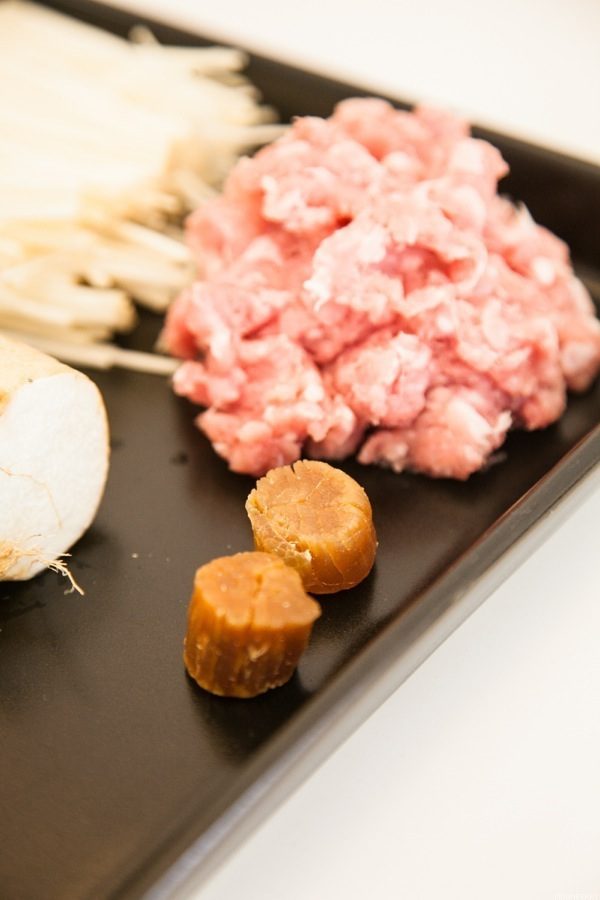
Every one, their grandmas and their moms make congee at home differently. This is how I make mine: I always add conpoy (dried scallops) because it has a strong and distinctive salty flavor. This is the umami that I add into the congee to give it some depth in flavor, otherwise the congee is kinda bland. I also like adding fresh ginger into my homemade congee to balance out the umami with a spicy zing.
I use conpoys sparingly because the flavor is pretty strong and also coz they don’t come cheap. 50 measly grams (about 7-8 pieces) set me back S$10 at the market. One’d think it’s the black market! And I didn’t even get the best grade, which could very well cost triple or quadruple more.
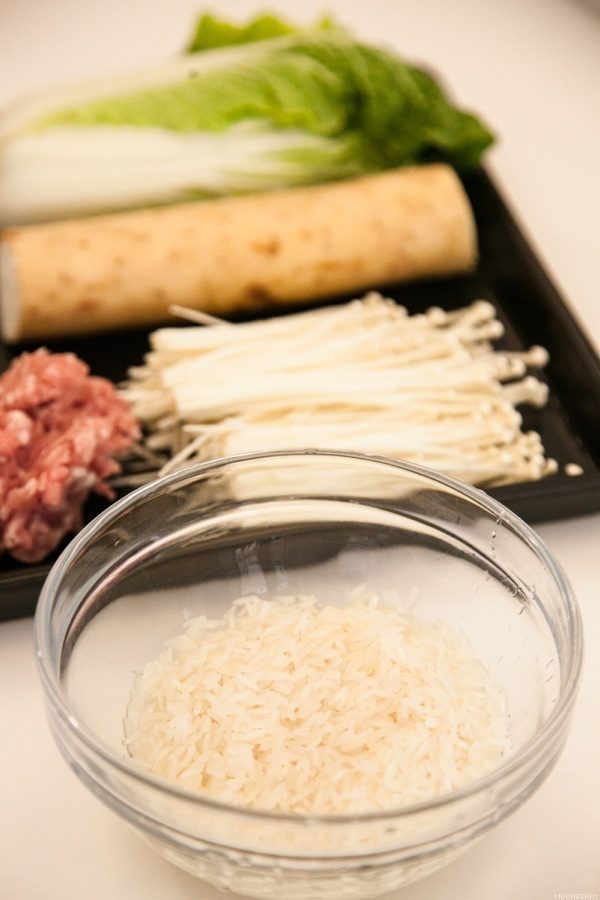
As I’ve written above, congee requires not a lot of rice but a lot of water. I use the 1:5 ratio – 1 part rice to 5 parts water.
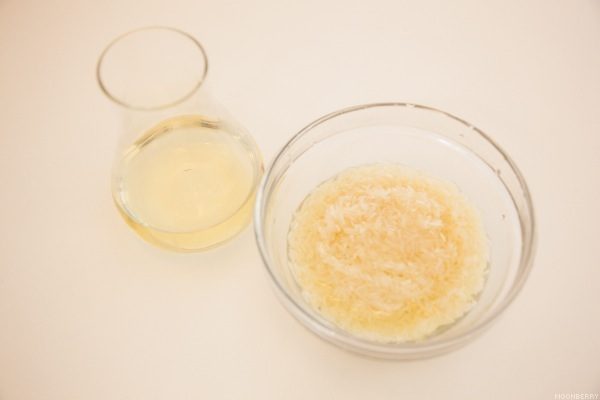
Here’s a trick that I learned from one of my ABC ex-boyfriend’s dad (Cantonese). After washing the rice, set it aside and add about a tablespoon of oil. I never asked why but I reckon this is to make the rice texture smoother and not clumpy when it’s reduced into a pulp.
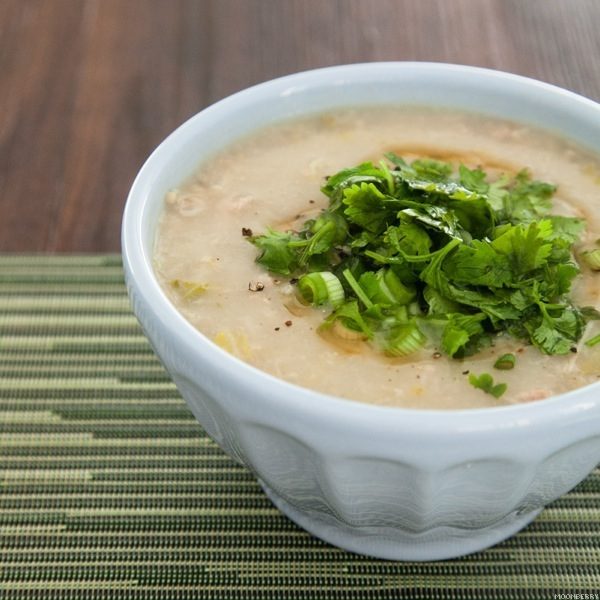
Homemade Congee
Ingredients
1 cup Rice
5 cups (or more) Water
2 Conpoy
1 head of Napa Cabbage
1 bunch Enoki Mushrooms
1/2 lb Ground Pork
1 Mountain Yam, peeled and sliced
3 tablespoons Ginger, shredded
1 tablespoon Cooking Oil
Scallion and Cilantro, for garnish
Method
Wash rice and after draining the water, add cooking oil. Set aside for a few minutes. In a slow cooker, add rice, water, conpoy and set to cook. Alternatively, use a medium pot and cook covered over low heat. Stir occasionally so that the rice doesn’t stick to the bottom of cooker or pot. When rice is visibly disintegrated, add the rest of ingredients and continue cooking until the congee texture is smooth and thick. Serve with chopped scallion and cilantro. If desired, feel free to add a dash of sesame oil, black or white pepper. To kick it up a notch and for additional flavor, crack an egg into the bottom of the serving bowl before ladling piping hot congee over it.
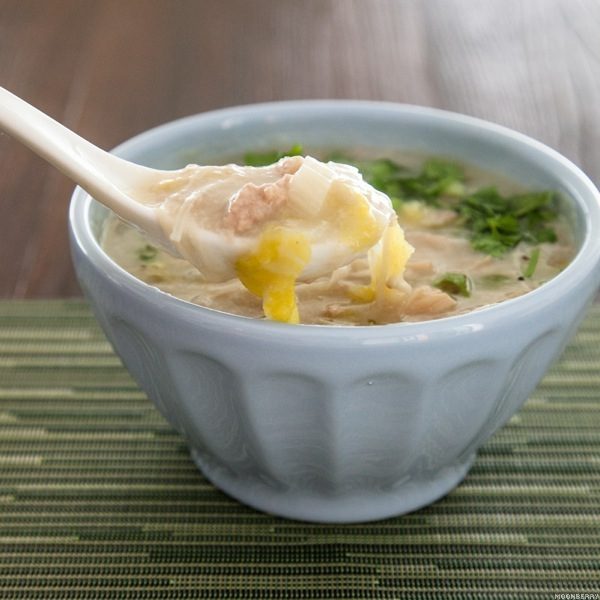
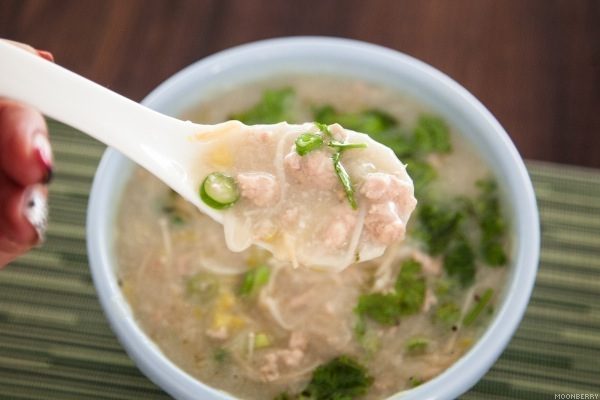
Totes not feeling guilty about slurping a small bowl of congee several times a day while jetlagging. My appetite is out of whack after the long flight, I’m too sleepy to eat during proper mealtimes and then I get hungry at the weirdest hours. A big pot of homemade congee tides me over until my body clock is re-calibrated.
x,
-MB.

